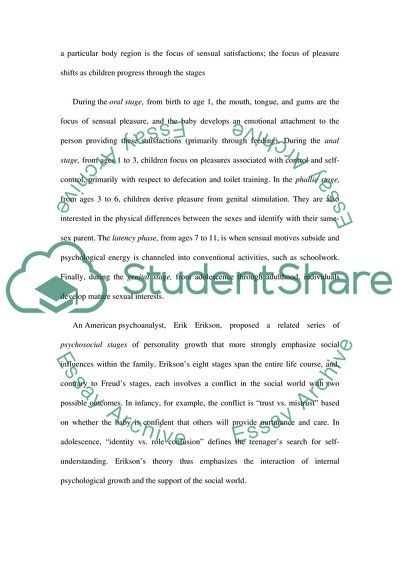Cite this document
(Personal, Social and Emotional Development in Children and Negative Term Paper, n.d.)
Personal, Social and Emotional Development in Children and Negative Term Paper. Retrieved from https://studentshare.org/psychology/1711791-personal-social-and-emotional-development-in-children
Personal, Social and Emotional Development in Children and Negative Term Paper. Retrieved from https://studentshare.org/psychology/1711791-personal-social-and-emotional-development-in-children
(Personal, Social and Emotional Development in Children and Negative Term Paper)
Personal, Social and Emotional Development in Children and Negative Term Paper. https://studentshare.org/psychology/1711791-personal-social-and-emotional-development-in-children.
Personal, Social and Emotional Development in Children and Negative Term Paper. https://studentshare.org/psychology/1711791-personal-social-and-emotional-development-in-children.
“Personal, Social and Emotional Development in Children and Negative Term Paper”. https://studentshare.org/psychology/1711791-personal-social-and-emotional-development-in-children.


